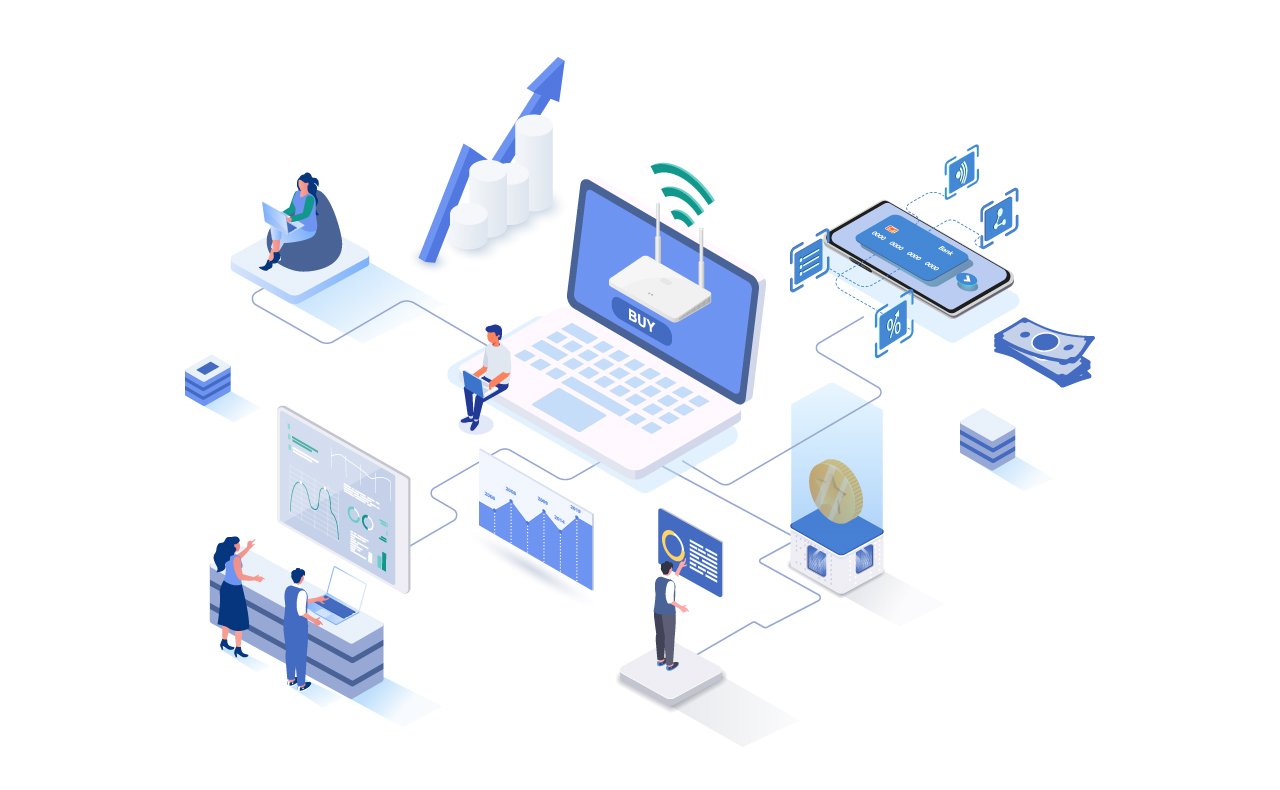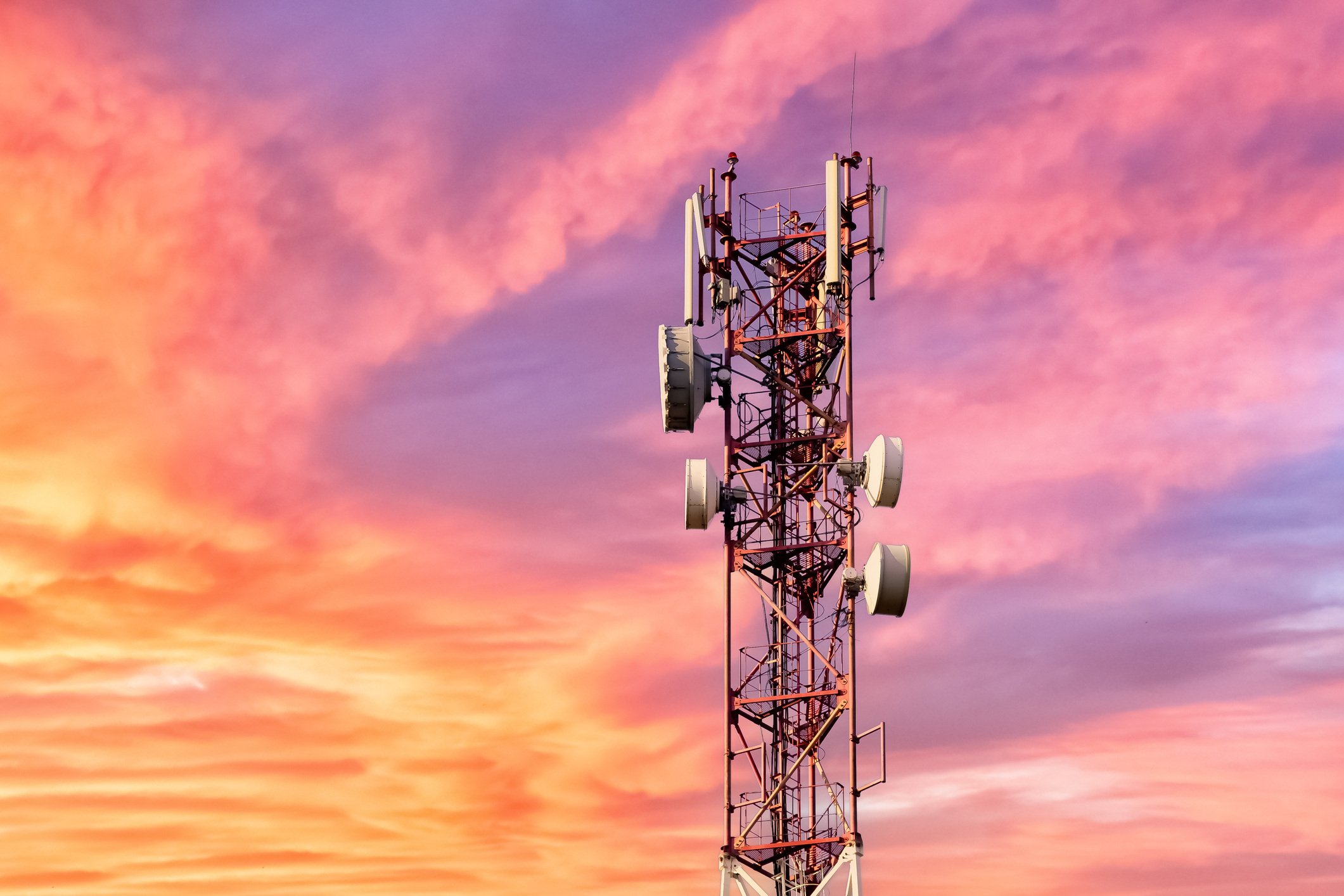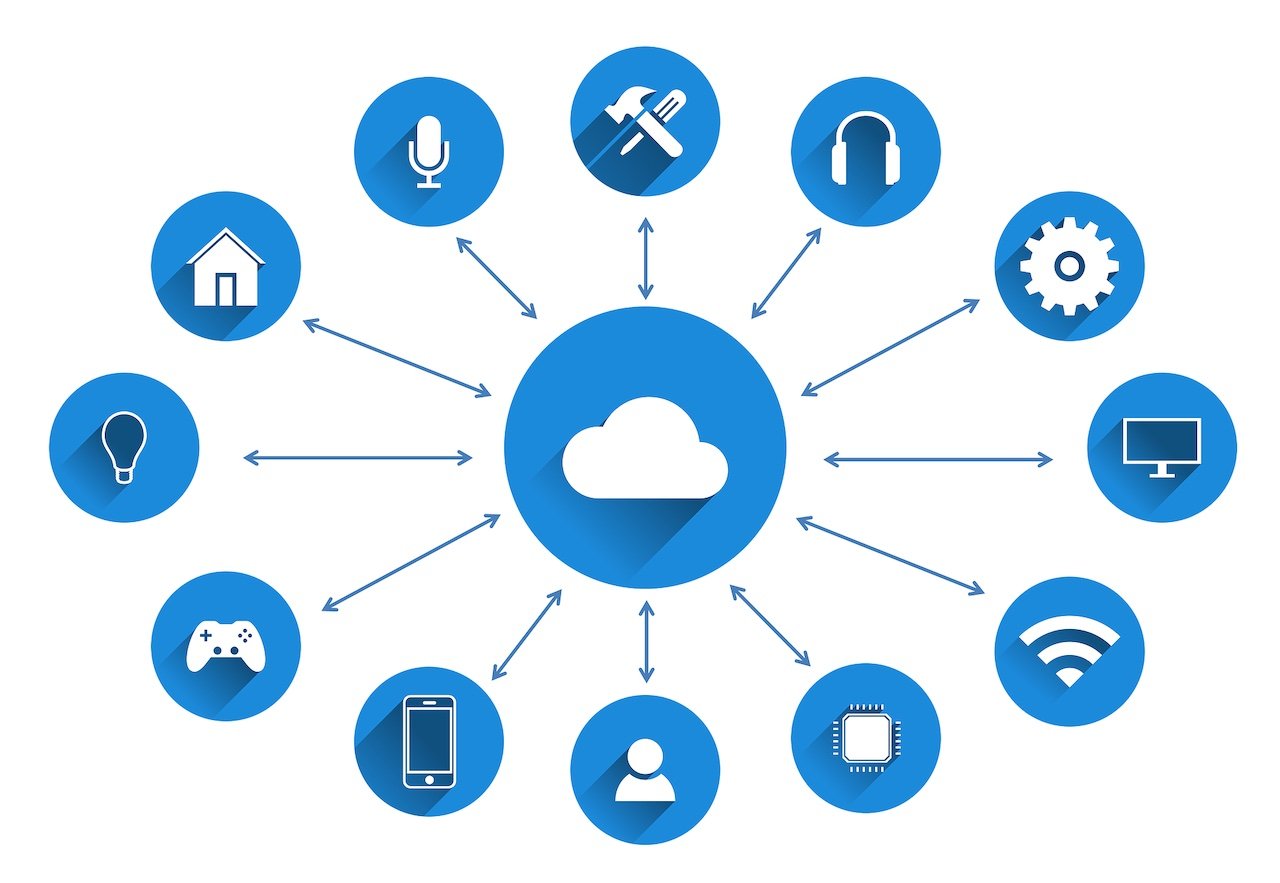
- April 2025 (1)
- March 2025 (2)
- February 2025 (1)
- December 2024 (2)
- November 2024 (2)
- August 2024 (2)
- June 2024 (3)
- May 2024 (3)
- April 2024 (1)
- March 2024 (3)
- February 2024 (2)
- January 2024 (2)
- December 2023 (1)
- November 2023 (2)
- October 2023 (2)
- September 2023 (1)
- August 2023 (1)
- July 2023 (2)
- June 2023 (3)
- May 2023 (2)
- April 2023 (1)
- March 2023 (4)
- February 2023 (1)
- January 2023 (2)
- November 2022 (2)
- October 2022 (1)
- September 2022 (1)
- August 2022 (2)
- July 2022 (2)
- June 2022 (2)
- May 2022 (1)
- April 2022 (3)
- March 2022 (1)
- February 2022 (3)
- January 2022 (2)
- December 2021 (1)
- November 2021 (1)
- October 2021 (2)
- September 2021 (3)
- August 2021 (1)
- July 2021 (4)
- June 2021 (1)
- May 2021 (2)
- April 2021 (2)
- March 2021 (2)
- February 2021 (3)
- January 2021 (3)
- December 2020 (1)
- October 2020 (1)
- August 2020 (1)
- August 2019 (1)
- January 2019 (2)
- September 2018 (5)
- June 2018 (1)
- November 2017 (1)
- September 2017 (1)
- July 2017 (1)
- May 2017 (1)
- January 2017 (1)
- October 2016 (2)
- August 2016 (1)
- July 2016 (1)
- June 2016 (1)
Subscribe by email
In the world of cellular IoT, a streamlined billing solution is vital to managing and monetizing an IoT product. The IoT industry has unique requirements, such as massive-scale deployments of thousands of devices (some with different subscription start dates) and multiple relationships between OEMs, service providers, and customers. New opportunities for IoT expansion with 5G only increase the number of connected devices, complicating billing. Not only can IoT manufacturers charge for the purchase of IoT devices, but they can also monetize the data transferred to and from the cloud through the device. Monetizing digital services means providing a data plan for each device in addition to the infrastructure or back-end platform costs. When a customer purchases a Bushnell camera, for example, they pay a subscription fee to receive and manage photos from the camera and receive alerts when the battery needs replacing. Bushnell uses Zipit Wireless’s billing platform to offer customers a subscription plan and monetize these features.
When a business designs an IoT product, an IoT-specific billing platform should be a part of the solution. Zipit Wireless has over a decade of experience managing IoT connectivity and end-customer billing for OEMs, like Bushnell and Samsung, with a simple, scaleable billing platform. We understand how complex and unique each product billing solution is, and we also understand how to help B2B and B2C businesses overcome IoT billing challenges. We’ll explain what a billing solution is, what it should offer, and how it can grow your business, especially for IoT.
What is a billing solution?
A billing solution is any software that bills and receives payments from customers for the products, services, or data they use. Billing solutions vary by the billing model best suited for a particular product or service. Billing platforms may offer multiple billing models, but the right platform for your business should offer options that fit your business strategy and billing model.
The subscription billing model is commonly used in SaaS and IoT. It includes fixed recurring billing and usage-based billing. The fixed recurring model charges a set price on a recurring basis. This works best for a single solution or product. Usage-based billing is a model where customers only pay for an amount of a service or data use at the end of the billing cycle.
Learn more about Zipit’s recurring billing platform.
What is the best billing solution for IoT?
Traditional billing software lacks the sophistication necessary to manage all the complexities of IoT. The IoT architecture consists of devices, their software and connectivity, and the communication platform. A good IoT billing solution must account for all the variations of IoT devices, the vast and growing number of them connected across multiple locations, and all the relationships within an IoT ecosystem, including manufacturers, connectivity providers, resellers, and customers. Not to mention, a billing solution should also keep up with the taxes and government regulations for the devices and data usage.
A usage-based subscription billing model is often the best billing solution for IoT. The billing platform should be designed to consolidate an unlimited number of IoT devices that vary in data usage, with the flexibility necessary to monetize an IoT product and meet specific customer needs.
For cellular IoT monetization in particular, Prepaid rather than postpaid billing can also be ideal. With prepaid billing, an OEM does not have to worry about a customer or device using more than its allotted data for the billing cycle. Instead, customers should also have the option to “top-up” data plans if they run out before the next billing cycle but don’t necessarily want to purchase new SIM cards and upgrade their plans. With the option to top-up data plans, customers won’t get caught in a bind without connectivity.
Prepaid billing comes with two primary benefits:
- OEMs don’t have to hound customers to pay outstanding balances
- OEMs have more control over how much cellular data connected devices use.
However, if customers don't choose to top up or upgrade their plans through the notifications they receive from the platform, then customers lose connectivity once they use their allocated data and this reduces the risk and exposure on the OEM.
Learn more about Zipit’s prepaid payment portals.
What should a billing solution offer?
A billing model that suits your business’s products and services with simple invoicing and payment portals are just the basics of a good billing solution. The best billing platforms should also offer most, if not all, of the following features.
1. Automated recurring billing
Manual recurring billing is costly, time-consuming, and prone to error. Once a customer subscribes to a data plan, they should be automatically billed based on usage or payment plan. Customers appreciate predictable payments of subscription billing, and they also benefit your business by providing a recurring revenue stream. For most IoT manufacturers, it’s not possible manually support the unlimited and growing number of connected devices with a variety of data plans with prompt and accurate billing and excellent customer service.
Learn more: 8 Benefits of Automated Billing for IoT
2. Flexible payment models
Not only should a billing platform offer a pricing model that suits your solution or service, but it should also support adjustments to pricing if a customer wants to upgrade, downgrade, or cancel and support free trials or discounts. A customer may choose to subscribe for a specific length of time (6 months or one year), but then the plan should automatically switch to a month-to-month subscription after the initial period is complete. These automatic plan conversions can drive more revenue for an OEM and provide minimum term lengths and flexible payment options after the initial period.
3. Easy tax management
Your billing solution should keep up with changing taxation and government regulations for cellular data. Managing taxes in addition to digital and internet regulations on a global scale on your own is time-consuming and headache-inducing. This should be built into your billing platform.
4. CRM options and a simple end-user experience
Your customers should be able to connect their devices to the network immediately, make payments, and purchase data on-demand without your involvement. A billing platform should give customer insights and allow you to develop and maintain relationships with them. These insights should enable you to customize packages specifically for the needs and goals of your customers. And if your customers aren’t satisfied, you should be able to resolve issues and offer refunds through your billing platform.
5. Global scalability
If you sell products or services in different regions or countries, your business is responsible for negotiating with multiple carriers and figuring out pricing, unless you find a billing solution to manage that for you. A billing solution should grow with your business across oceans and borderlines and accommodate multiple languages, currencies, and regulations.
Also read: Single Global IoT SIM vs. SIMs from Multiple Carriers: Which is Right for You?
6. Analytics
A billing solution should provide insights that enhance your business’s strategic decision-making. IoT devices allow us to capture more data than has ever previously been possible, but this data must be analyzed and interpreted to be actionable. A billing platform should collect data and provide you with informative analytics, such as gross margin, gross revenue, and net revenue after costs.
7. Security
Finding a billing platform that allows your customers to make payments securely is non-negotiable. Your billing solution should comply with payment card industry compliance (PCI) standards and keep customer information secure. With subscription billing, your customers only have to enter payment information once, creating fewer security risks.
8. API integrations
Ideally, a billing solution should not exist separately from your business’s core enterprise platform. A billing platform should integrate with your ERP and CRM and streamline your customer’s payment portal into one device management platform without the need to log in to a different system.
How to choose a billing solution
If your business wants to monetize an IoT product, it needs a billing solution. You can’t rely on a cellular carrier to manage the billing for you. Before choosing a solution, ask yourself the following questions to find a platform that makes the most sense for your business.
- How easy is it to build and customize plans? A billing solution should be flexible enough to accommodate the data needs of your different customers and devices. You should also have the option to build data plans for different regions and different use cases. Also, consider what triggers data usage and how often data will be used to understand what types of data plans your customers need.
- Will it integrate with existing systems? Integrating your billing platform into your existing system is essential for strategic planning, accurate reporting, and good customer service. You and your customers should be able to sign on to the billing platform from your current system.
- Can it help grow your business? Consider a platform that offers flexible pricing models and insights to maximize revenue. If your company has plans or the potential to expand globally, a billing platform must have multi-lingual and multi-currency capabilities.
How a billing solution can help grow your business
A billing solution helps you monetize your IoT product beyond the initial sale by creating value for your customers and creating long-term relationships with them. Monetizing IoT is profitable but complex–a billing solution simplifies the process. It increases the lifetime value of your customers by providing an opportunity to increase customer engagement and interact with them regularly, which increases their lifetime value. A billing solution also gives business insights like monthly recurring revenue or subscriber churn rate in a single location so you can improve your business processes. And lastly, a billing solution can set your business apart from the competition and enable it to adapt and grow easily in the ever-changing world of IoT.
Learn how to monetize your IoT product with the subscription model.
Is Zipit Wireless’s billing solution the best fit for your business?
We created the Zipit billing platform to solve the major IoT monetization challenges. The platform offers subscription billing with customizable data plans and an interface tailored to your customers’ needs and brand’s style. We manage relationships with multiple cellular carriers so you can access your billing, data, and insights from a single platform. Here are a few of the other benefits of our billing solution.
- Global carrier connectivity
- Tax management
- Easy API integrations
- IoT analytics dashboard
- Simple customer interface
- Flexible data plans
We’d love to be your next step toward monetizing your IoT product. Learn more about our billing solution and subscription management, or contact us to discuss your company's unique needs. We’re happy to provide you with insights that will help you make the decision.
You might also like:
Related Content
The latest IoT insights and platform updates from Zipit.
IoT devices need flexible network technologies optimized for low-power application...
Deploying an IoT solution brings significant value to businesses, but it also intr...
IoT projects incur many different production and operating costs through product d...



